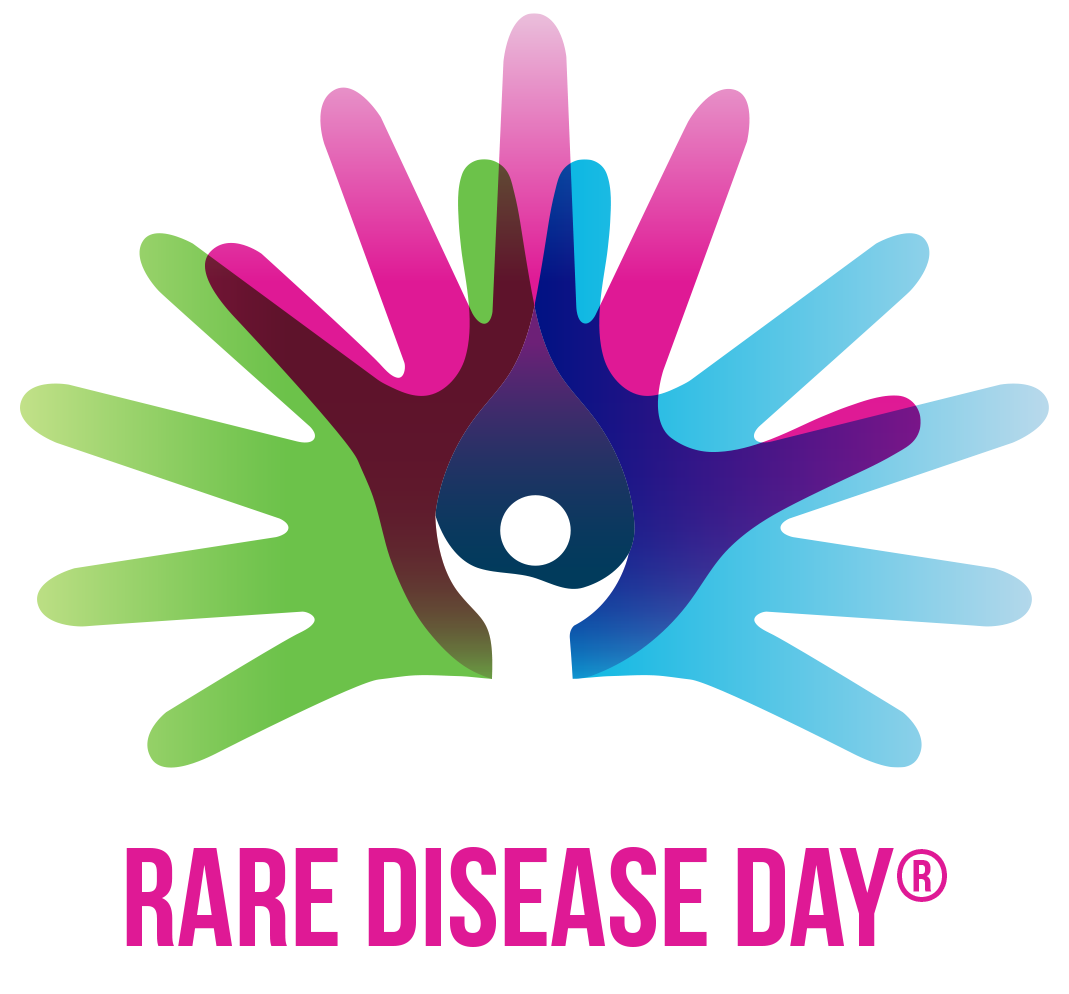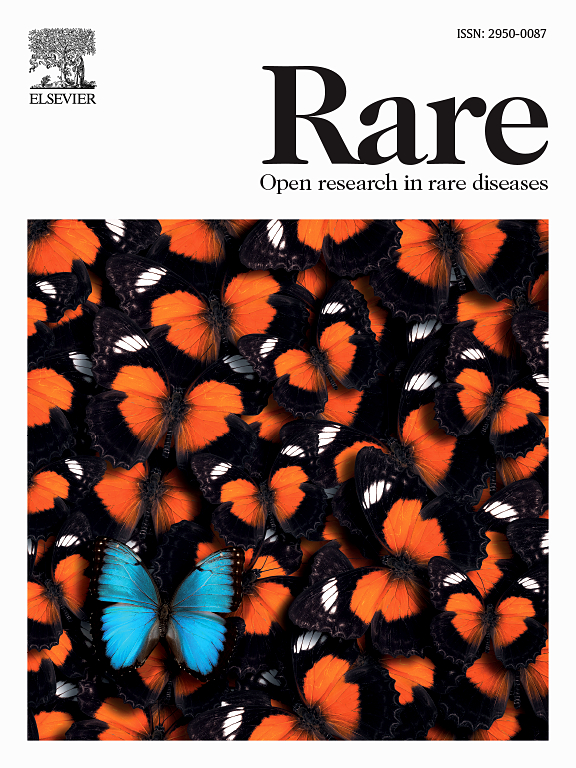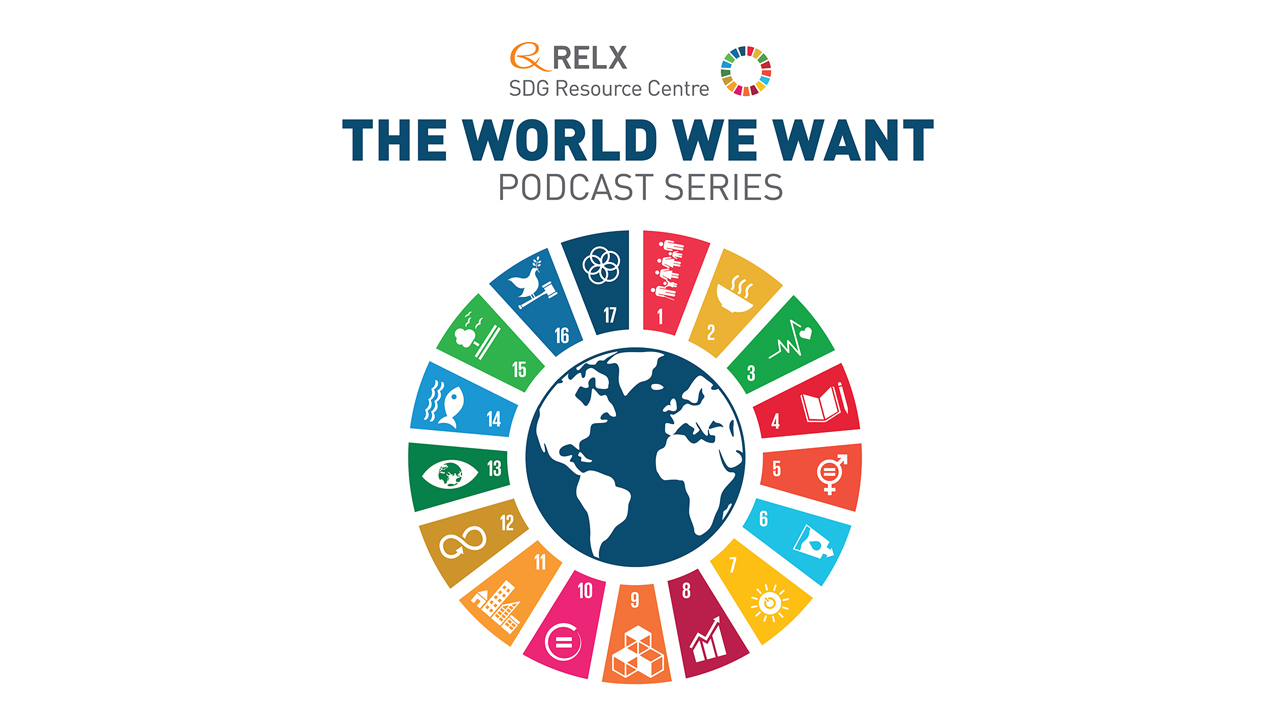Shalini Rai, Ram Prasad, Chapter 1 - Biology, biodiversity, and biotechnology of Trichoderma, Editor(s): Shalini Rai, Ram Prasad,
New and Future Developments in Microbial Biotechnology and Bioengineering, Elsevier, 2023, Pages 1-28, ISBN 9780323998901
David E. Reichle, Chapter 9 - Ecosystem productivity, Editor(s): David E. Reichle, The Global Carbon Cycle and Climate Change (Second Edition), Elsevier, 2023, Pages 197-232, ISBN 9780443187759, https://doi.org/10.1016/B978-0-443-18775-9.00007-3.
David E. Reichle, Chapter 10 - The global carbon cycle and the biosphere, Editor(s): David E. Reichle, The Global Carbon Cycle and Climate Change (Second Edition), Elsevier, 2023, Pages 235-283, ISBN 9780443187759, https://doi.org/10.1016/B978-0-443-18775-9.00014-0.
The Thinking Healthcare System: Artificial Intelligence and Human Equity, 2023, Pages 99-129



